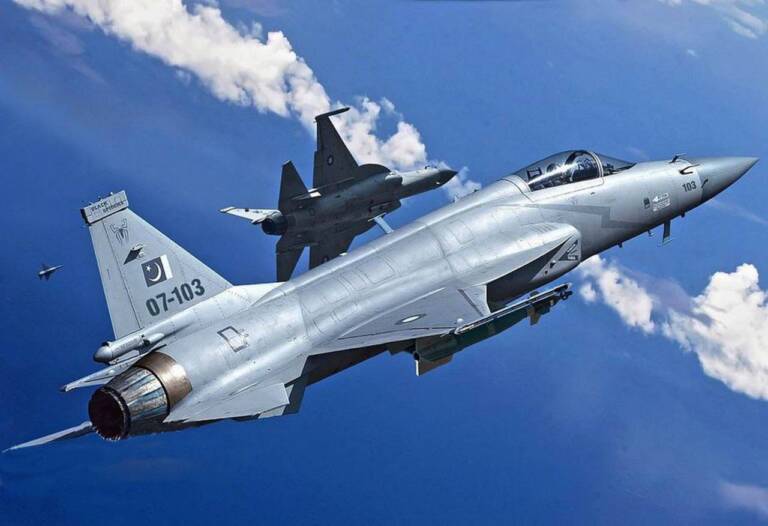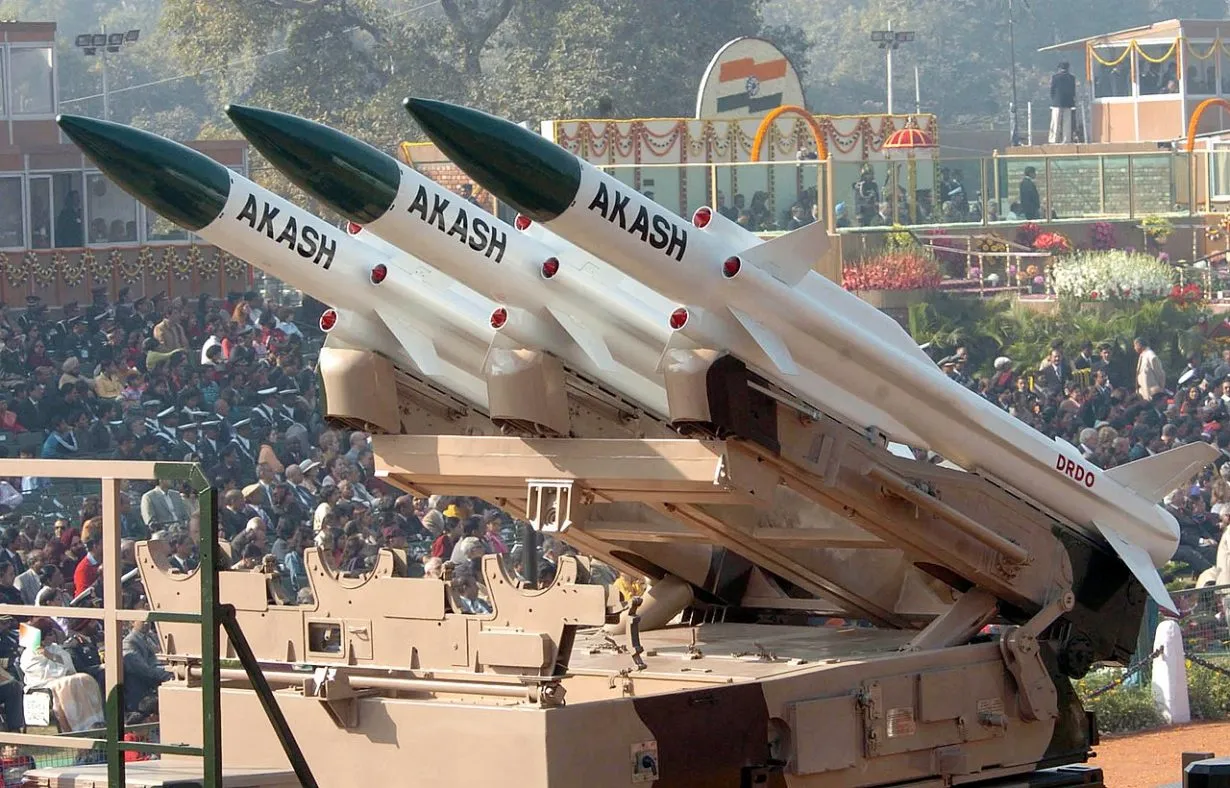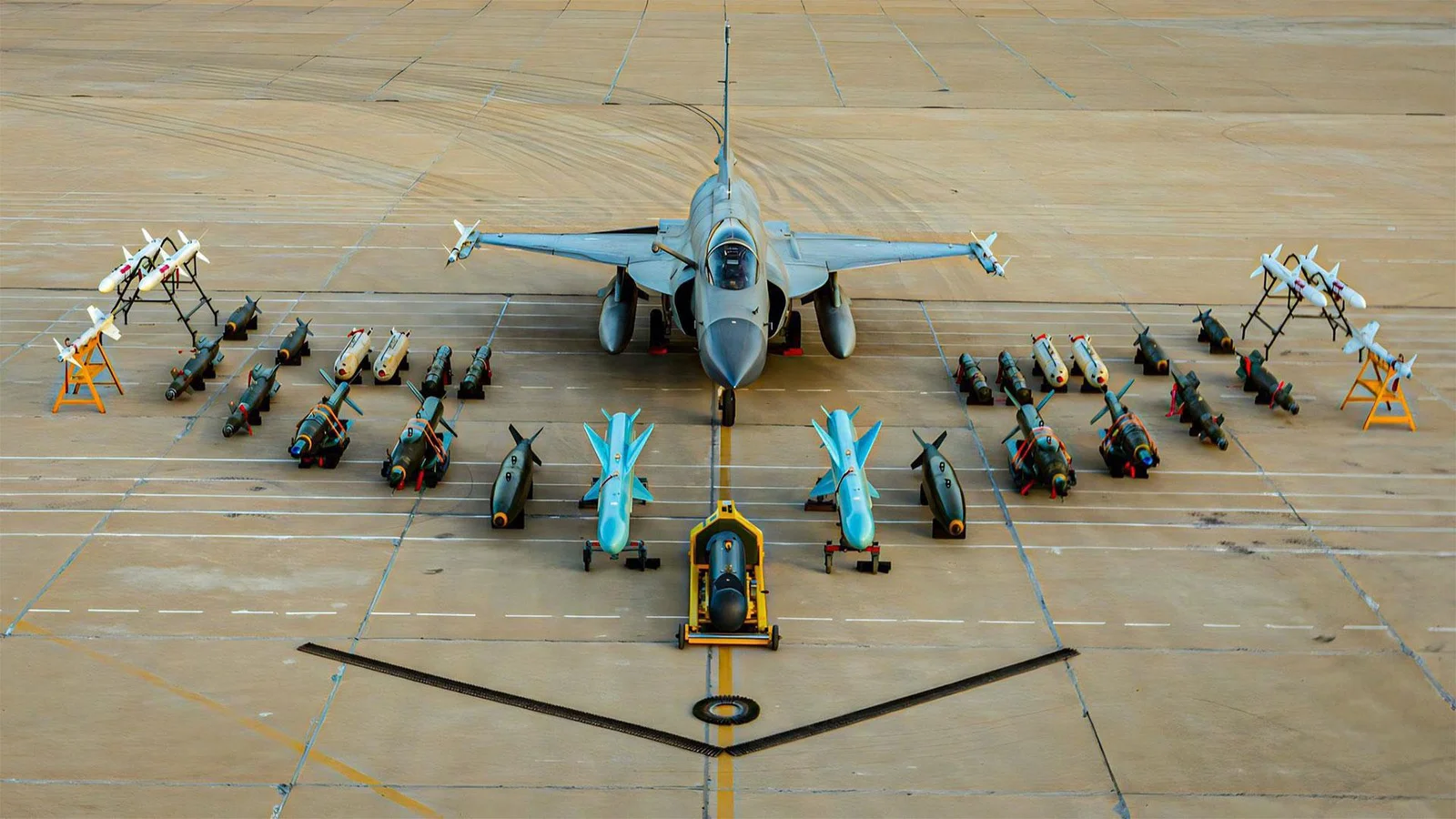Azerbaijan buys fighter jets from Pakistan, Armenia buys anti-aircraft missiles from India.

In the confrontation that is heating up the Caucasus between Armenia and Azerbiagian, the two sides are trying to strengthen themselves militarily, but are following different paths: Baku's rearmament corresponds to an arms race in Yerevan, but from different suppliers.
Azerbaijan will purchase fighter jets worth $1.6 billion from Pakistan. The agreement includes pilot training and the purchase of weapons. The rumors have been going on for some time, but Azernews said that the export of the JF-17 to Baku will take place after the completion of 62 fighter jets for the Pakistan Air Force by 2024.
Pakistani expert Dr. Mehmood ul Hassan Khan said the deal was confirmed by Pakistani sources. The sale of JF-17 “Thunder” to Azerbaijan is the largest defense export deal in Pakistan's history. The agreement includes the supply of eight fighter jets in the first tranche, with a clause for a subsequent order of 8 more JF-17s. Azerbaijan became the third country after Myanmar and Nigeria to choose the fighter, although previous experiences have not been particularly successful.
The JF-17 Thunder fighter jet is jointly developed by Pakistan Aeronautical Complex and China's Chengdu Aircraft Industry Corp. It has a Chinese airframe and Western avionics, while a Russian engine powers it.
The Block III variant boasts a greater armament capacity, making it more versatile in different combat scenarios. It can employ various ordnance, including air-to-air, air-to-surface, anti-ship missiles, and guided and unguided bombs. It is equipped with the PL-15 Beyond Visual Range (BVR) missile with a range of up to 300 kilometers.
The older variant had problems with the engines. The technical malfunctions forced Myanmar to ground its fleet of JF-17s. The Block III is equipped with a new engine, probably an improved derivative of the RD-33MK (which powers the Russian MiG-35) or the WS 10A. This engine upgrade helps improve performance and agility.
The JF-17 Block III can exceed Mach 2 speeds of approximately 2,470 kilometers per hour. Its agility and maneuverability are crucial for aerial combat.
The Block III incorporates an Active Electronically Scanned Array (AESA) radar which improves situational awareness and target tracking. It is also equipped with a helmet-mounted display (HMD) to improve pilot targeting and engagement. There is talk of an internal infrared search and track (IRST) system.
The affordability of the JF-17 Thunder is its main advantage. Its cost is about half that of the F-16 Fighting Falcon. Even though it is expected to cost more, the Block III variant still offers significant advantages over its competitors.
Akash vs. JF-17
Despite the brief period of peace between the two countries, Armenia and Azerbaijan are rearming to prepare for future conflicts. Armenia has purchased Akash surface-to-air missiles from India to combat Azerbaijan's air threat. India's supply of air defense systems to Armenia facilitated restraint by Azerbaijan.
Akash is a short-range SAM system manufactured by Bharat Dynamics Limited (BDL) to protect vulnerable areas and points from air strikes. The Akash Weapon System (AWS) can simultaneously engage multiple targets in group or autonomous modes.
It is equipped with integrated electronic countermeasures (ECCM) functions. The entire weapon system is mounted on mobile platforms.
It can effectively target helicopters, fighter jets and UAVs flying within 4-25 kilometers. It is fully automatic and has a fast response time from target detection to kill.
It is highly immune to active and passive interference. It can be transported quickly by rail or road and can be deployed in a short time. The project has an overall indigenous content of 82%, which will be increased to 93% by 2026-27.

The conflict created two axes: one composed of Azerbaijan, Turkey and Pakistan and another of Armenia, India and France. The latest hostilities will see the use of recently acquired Indian weapons, such as the Pinaka multi-barrel rocket launcher (MBRL) for Armenia and the Bayraktar Akinci “Raider” drones in Azerbaijan's inventory.
However, this tumultuous peace is threatened by the fact that Baku concluded a deal to purchase JF-17 Block III fighter jets after showing off its latest Bayrakta Akinci “Raider”. The possibility of a clash between two systems – the aircraft and the SAMs – is approaching soon.
Currently, Azerbaijan's air forces rely mainly on older Soviet-era fighters, such as MiG-29s and Su-25s. The addition of the JF-17 Block III would represent a substantial leap in technology and firepower. Thanks to its advanced weapons, improved radar systems and agility, the JF-17 can improve Azerbaijan's air combat capabilities.
It remains to be seen whether the SAMs will prove adequate against the JF-17 which, with its BVR missiles, can strike from well outside the missile's effective range. One thing is certain: the purchase of the JF-17 Block III will further fuel the arms race in the region.
Russia excluded from the games
If Azerbaijan turns to Pakistan and Armenia to India, Russia, previously Armenia's largest arms supplier as a member of the defense alliance of the former Soviet republics, now stands by. This is also why Armenia chose to suspend the alliance , complaining about Moscow's inactivity.

Thanks to our Telegram channel you can stay updated on the publication of new Economic Scenarios articles.
The article Azerbaijan buys fighter jets from Pakistan, Armenia buys anti-aircraft missiles from India. comes from Economic Scenarios .
This is a machine translation of a post published on Scenari Economici at the URL https://scenarieconomici.it/lazerbaigian-compra-caccia-in-pakistan-larmenia-missili-antiaerei-in-india/ on Sun, 25 Feb 2024 20:05:10 +0000.

